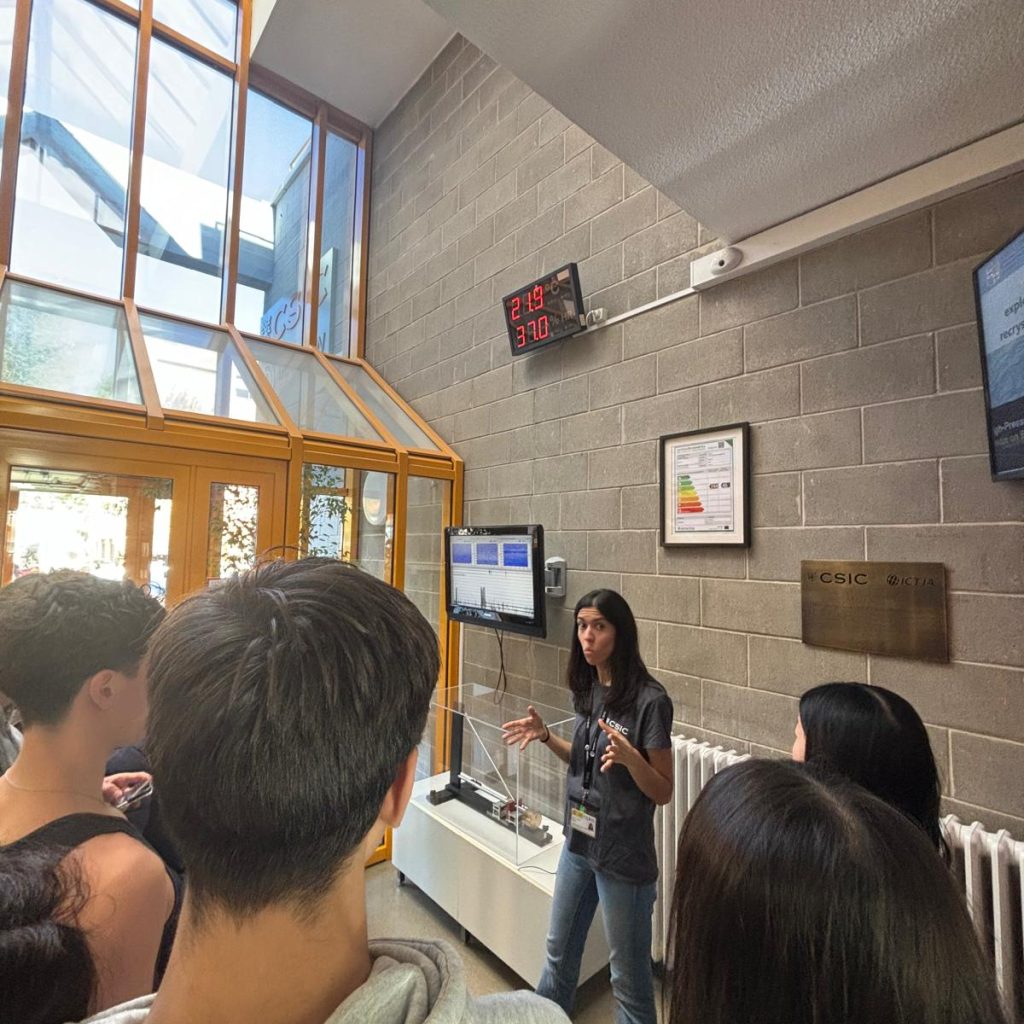The day was packed with hands-on activities that introduced students to how scientists study extreme geophysical events. They didn’t just learn about the theory—Herrero-Barbero and Guerrero gave them a front-row seat to the cutting-edge tools and techniques used in the field. The group also got a rare chance to see how researchers connect to supercomputers and run simulations. From ash dispersal during volcanic eruptions to seismic activity, the students witnessed how DT-GEO uses advanced technology to model these powerful natural phenomena.
The session also underscored the importance of European projects like DT-GEO and ChEESE, which combine supercomputing with geophysical research to improve forecasting and preparedness for natural disasters. It was a clear demonstration of how science and technology can work together to address some of the world’s toughest challenges.
By the end of the day, it wasn’t just about learning facts—it was about seeing science in action and understanding its real-world impact. For some students, this might have been the spark that lights a future career in research.









